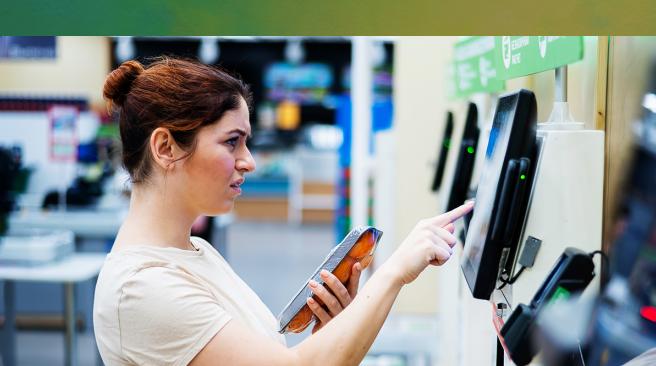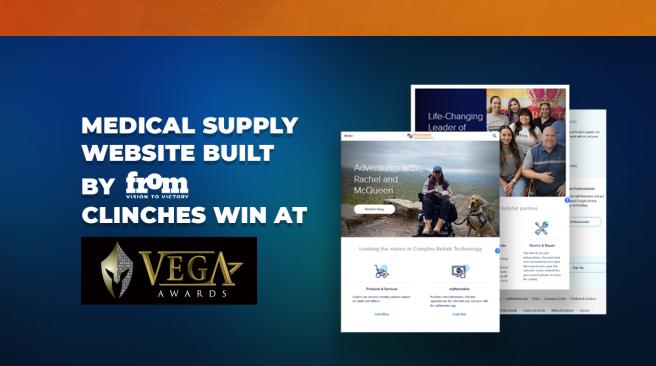Insights | By Howard Tiersky
Increase Digital Revenue in '18 - Here's How
So you want to make more money in digital? There are basically ten digital models, all of which are outlined in this article, that generate revenue online.
None of them are new. Every significant digital business model has an analog equivalent that was around long before Tim Berners Lee invented the world wide web. However, as we often see, digital has prompted novel applications of these models. And interestingly, some more obscure “offline” digital models have turned out to be wildly successful in the digital space.
Many of the most successful digital properties utilize multiple digital revenue models simultaneously and have found growth as a result of a clever shift or expansion in business models. For example, Amazon created Amazon Prime, which is basically a subscription service for shipping and media--products and services that they previously sold a la carte.
In our consulting work with large brands, we find this “10 Digital Business Models” structure a useful reference. No matter what business model you are currently using, it can be useful to periodically take a step back and consider if there are additional digital business models you should be adding to the mix.
The ten models are summarized in the table below and then explained in more detail in the section following.

Apply this framework to prompt some fresh thinking about your digital business model and lead to new opportunities.
The 10 Digital Business Models group into three major categories.
Direct Sales
Just like their offline equivalents, many digital destinations sell something: from shoes to cruises to access to streaming videos. There are five discreet business models which involve selling something to a consumer or business:
-
Product. You can, of course, sell a physical product, but one aspect of direct product sales that has mushroomed in the digital world is the use of third-party marketplaces by large retailers such as Amazon or Walmart. Walmart, for example, allows thousands of smaller companies to list their products on Walmart.com. If a consumer purchases a product, Walmart takes the payment, but in most cases, the listing company is responsible for shipping it. Amazon also provides warehousing and shipping/handling services to some of their third-party merchants.
There is another product angle: In the digital world, there is the additional option that the “product” can also be something consumable entirely through the digital channel, such as a video-on-demand purchased and streamed via iTunes or a Kindle ebook.
-
Service. Many services can be sold online. At the simplest level, you can simply allow a customer to order a service online to be fulfilled via traditional offline services, such as using a web reservation system to make and even pay for a massage appointment. But digital has also enabled a wide range of fee-for-service models, where the services are delivered entirely via the web. In some cases, the services are almost completely automated. Turbotax provides tax processing, GoDaddy will set up your website, and PayPal will handle transactions via digital servicing. In other cases, digital can be a delivery channel for personally delivered services such as online tutoring, consulting or therapy.
-
Subscription. Products, services or other types of access, privileges or discounts can be sold via subscription.
Obvious offline examples of subscriptions are magazine and newspaper subscriptions, but there are also plenty of “classic” subscription models outside of media. One example is AAA, a service which provides vehicle towing and travel advice for an annual subscription fee. Cable television and mobile phone service are additional examples of subscription offerings.
Subscription services have exploded as a digital business model with a wide range of offerings in a few key categories:
a. Entertainment: Netflix, Hulu, Audible, Rhapsody or Pandora.
b. Business Media Access: Hoovers.com for data or Forrester for analyst reports.
c. Discounts/Loyalty: Amazon Prime or GNC gold.
d. Product Fulfillment: Blue Apron, Dollar Shave Club or Birchbox.
e. Software as a Service: Salesforce.com or Microsoft 360. -
Fundraising. Offline money-raising for charities, startups or other types of investments has been around for millennia. The digital world has massively increased findability and transparency around all these types of opportunities. Sites like GoFundme and Kickstarter have made raising money for investable projects easier for both those seeking funding and those providing it, by promoting the opportunities and also by handling the financial transactions. Likewise, in the charitable giving space, sites like charitynavigator.org enable givers to filter and search (and rate) charities and immediately contribute to those they find appealing.
- Gather and Resell Data. Gathering and reselling of data about consumers has been the domain of companies like Experian for decades, while Nielsen and Arbitron have measured consumer media consumption and resold that data since the early years of TV and radio. However, because digital activity is so easily trackable, it has created whole new opportunities for businesses to resell the data they collect. Companies like Alexa and Compete.com gather data about browsing behavior from browser toolbars and aggregate and resell that data for a variety of purposes. Also, many large retailers sell data about user browsing patterns on their sites either directly or indirectly back to product manufacturers, so they can understand which competitive products users are comparing to their products and what the purchase outcome tends to be.
Connections
The second category of business models involves a few different ways of connecting people who might potentially do business, but not necessarily provide the actual goods or services yourself. There are two key varieties:
-
Broker Transactions. This is probably the hottest growing business model of the digital world. Uber and Airbnb both connect buyers and sellers (of rides and rental properties), they handle the financial transaction, but they leave it to the parties to actually deliver the results. This model turned Uber into the world’s largest taxi service without their ever having to purchase a vehicle or hire a driver. eBay and StubHub are in the same business, just different categories. Groupon also does the same thing, finding those interested in a company’s offered product or service, taking the cash, and then leaving it to the Groupon lister to fulfill the promise of the offer.
-
Sell Leads or Referrals. Digital properties which sell leads are similar to the Brokering Transactions category in that they connect buyers and sellers. Esurance, for example, markets to those looking to buy insurance and allows them to search and browse a menu of different options based on their needs. Bankrate.com does the same for mortgages. Cars.com is similar in that their primary business model is getting users to “request a quote” from multiple car dealers for the vehicle they wish to purpose. In all of these cases, the business model involves selling the lead. A car dealer pays Cars.com for a valid “lead” whether or not that customer ultimately buys a car from that dealer. Cars.com doesn’t sell the product (like Amazon would) or take the money for the transaction (like Groupon would); they simply get paid for sending the customer and their details to a potential seller.
Referrals are similar to leads but generally involve Contingent Commissions. Nerdwallet, for example, allows users to browse different credit card offerings and apply for those that interest them (by being branched off to the relevant credit card company’s website to apply). The key difference of sites like Cars.com that are selling leads is that since Nerdwallet is using a referral model they only get paid if there is a successful sale or conversion such as a completed application. If the user clicks to apply for a CitiBank card but doesn’t complete the application, or is rejected, Nerdwallet doesn’t get paid. A huge industry of these types of relationships, called affiliates, has sprung up in the digital world. Another key example is Amazon Affiliates which allows any website to list any Amazon product with a link to allow a user to buy that product from Amazon. If the user does, the originating website receives a commission from that sale.
Targeted Messaging
The last category is messaging—sites that make money by creating awareness of things a user can buy elsewhere. There are three categories.
-
Advertising or Sponsorship. Banner ads and sponsored search results are the coins of the realm on the internet, and by 2016 digital advertising became the largest segment of advertising, with advertisers spending more in digital than on TV advertising for the first time. A key to the success of digital advertising is the ability to target ads based on a user’s profile or current needs. This is why over 70% of all internet advertising is on Google or Facebook: both of these sites offer advertising platforms that are highly targeted as well as of massive scale. Because so many users “tune out” certain types of advertising, sponsorship can also be an effective form of digital advertising, including site takeovers and allowing video content to play “ad-free” but sponsored by a prominently credited brand.
-
Directory. The internet’s biggest success story is a directory—Google, where sites pay to be listed more prominently than they otherwise might be. But there are tens of thousands of directories—ranging from craigslist for classifieds, Angie’s List for recommended contractors, to cosmetics finders, to tools to find doctors, lawyers or other professionals. Yelp and TripAdvisor are also part of this model with have advanced revenue models in which sites may charge a variety of fees in the form of listing fee to be in a directory, or to have an “enhanced” listing, or may even use the affiliate/referral model.
-
Marketing. The last category is one of the most common models—digital properties whose purpose is to simply promote something else, often another channel. A site like Accenture.com or SAP.com promotes the company without selling anything directly or making money by selling any kind of advertising to others. In other cases, sites may also utilize another model, but marketing may still be a critical part of the business model mix. For example, Nickelodeon.com has limited advertising; however, its primary value is that it promotes Nickelodeon’s channel and shows to kids so that they tune into the shows on television and ask their parents to purchase merchandise associated with Nick characters.
So those are the ten business models. For your business, you may want to consider a few key questions:
- What is your current business model or models (usually obvious)?
- What is the ratio of different business models if we use multiple?
- What are your competitors doing? Similar or different?
- What business models are we not leveraging? Do they have potential applicability?
- Are there business models we should consider switching; for example, making a paid service free but supported by advertising?












